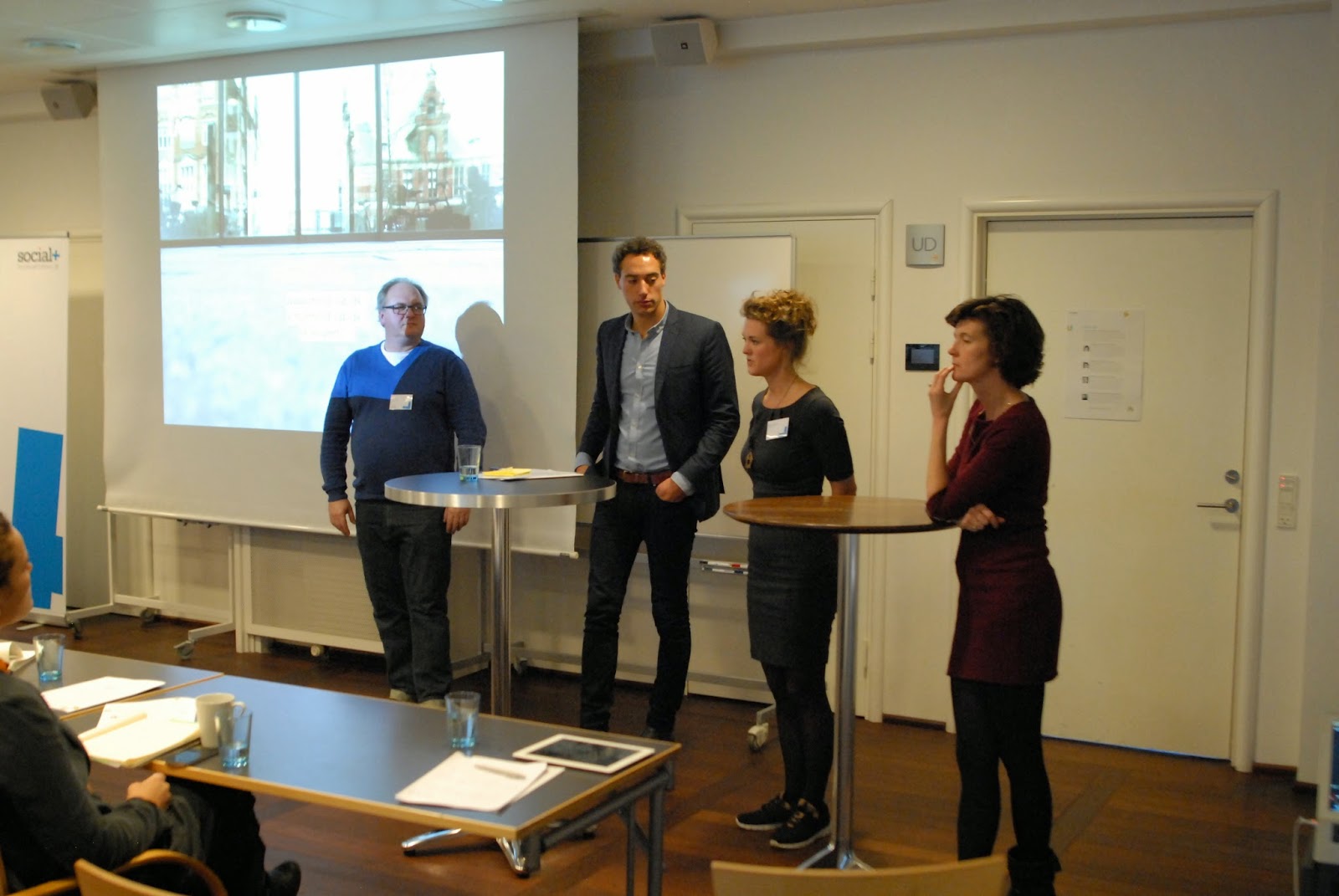Social Design and Entrepreneurship. What is it? I Like it.
By Assistant Professor, Thomas
Østergaard, VIA UNIVERSITY COLLEGE, Denmark.
Social
Design emerges from the contemporary social problems of today
Issues such as health, rural / urban
development, poverty, inclusion, educational needs, environmental threats,
global warming and much more are the
starting points of socialdesigners work. Another field of activity is the
design of human-orientated, sustainable processes and systems in corporate and
organizational structures.
Social Design describes a design that starts with people:
especially attention and empathy is focused on local contexts, socio-cultural
environment of people. It includes “non designers” in every phase of the design
process; from brainstorming to the actual design and ultimately in the
implementation.
So, Social Design describes a
design practice that no longer wants to be a purely technical or consumer-oriented
design of products and services. Social
Design creates social added value by becoming an advocate of social concerns
that the state and the market do not serve adequately or at all. Using the
special competences of design, solutions are developed to open up new ways to
social innovation as well as to significantly improve health and the quality of
life.
 |
| Working with Social Design in Aarhus, VIA University College, Social Entrepreneurship, autumn 2014. |
This ranges from participatory elements right on up to the
far-reaching co-design of products, services and system solutions. The design
process is hereby expanded into multi-disciplinary including techniques
focusing on true devotion from fellow citizens. And the premises for
interacting with other people all over the world have changed rapidly over the
last 10 years.
Business schools adopt design thinking or “human-centered” design as their
version of it, AIGA created a national program dedicated to it (Design for
Good), IDEO formed IDEO.org to address it. Meet-ups for people wanting to
understand how to use it to “change the world” take place everywhere all the
time.
Wikipedia defines social innovation as: “… new strategies, concepts, ideas
and organizations that meet social needs of all kinds — from working conditions
and education to community development and health — that extend and strengthen
civil society. “
Global natives and
Digital Darwinism
Expressions and terms such as ”Digital Natives” or ”Digital Darwinism” are
often used by sociologists and anthropologist to characterize the state of the
our ways of communicating and interacting socially.
”Digital Natives” is used to describe the generations which where born with
acces to all thinkable digital commodities; the internet and all our
computerized gadgets. The ”Digital Darwinism” describes the fact that the
digital natives – the users or communities of the digital globalized world are
ahead of the development of services, artefacts, designs and consumer related
products. Especially in the digital world. Brian Solis espresses it this way:
“Digital
Darwinism is the evolution of consumer behavior when society and technology
evolve faster than your ability to adopt.” (article)
Brian Solis is an
analyst and anthropologist, dealing with “disruptive technology on business and
society”. He is an avid keynote speaker and award-winning author who is
globally recognized as one of the most prominent thought leaders in digital
transformation.
The immediate accessibility to other people and ideas in the digital world,
related to viable and easy acces to expression, knowledge, education, communities
or commodities, may have changed our perception of ourselves and the way we
interact with the authorities, companies, brands or fellow citizents
permanently.
But, many organisations still interact with the “global natives” in
ways that make them to abundon the core mission – which is “serving people”. By adapting design
methods into our social and production lives we may create ways of co-relate
and working together productively, focusing on the people you work with and the
outcomes you are trying to achieve.
New Means of Expression
This immanent evolutionary digital mean to express ourselves seems to
influence on our social behaviour and perception of the world, as well.
Organizing, revolting or just suggesting alternative solutions, community based
designs, ideas, concepts or changes are emerging everywhere. And, as such
impacting all our capacities; business, educations, public services, brands,
etc. We are, maybe without our content or knowledge, becoming social designers.
You might not think of yourself as a typical “designer”, but
you may in fact design things, concepts and patterns on a daily basis.
Our lives keep changing as we develop new skills as “Global
Natives” and citizents and thereby our routine and the fysical as well as
conditional / political assets and possiblities change. A public, or company,
based solution seeming perfectly suitable for us just a few years ago, may
appear stupid, obsolete and unsuitable for us just ecxactly today.
By being more aware of our ability to impact on our
surroundings and immediate vicinity we may develop and extract new concepts and
solutions together in community based designs. But – moving from
unconsiciousness to proactive social design requires guidance and tools. And by
letting deisgners join forces with activists the outcome goes from designing
artefacts to designing relationships.
This is what this blog is all about. Using design thinking
methods in social innovation.
And this is by far just a small supplement to all the
activities surrounding us in this field today. I’ll try linking, refering and
posting some of the interessting stuff I find on my way, for you to see and
share.














